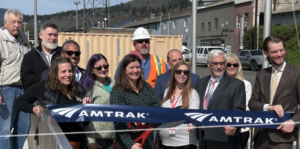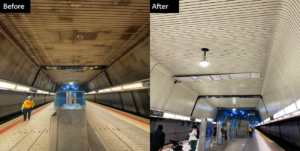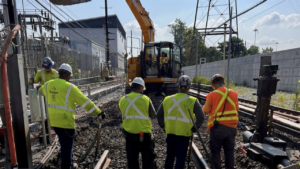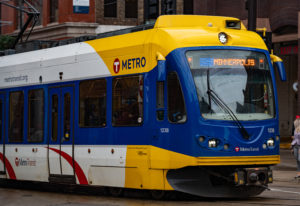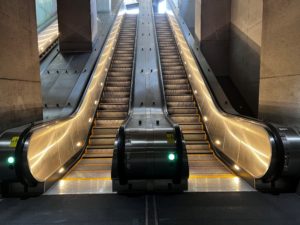Twin Cities’ Green Line opens for business
Written by Jenifer Nunez, assistant editor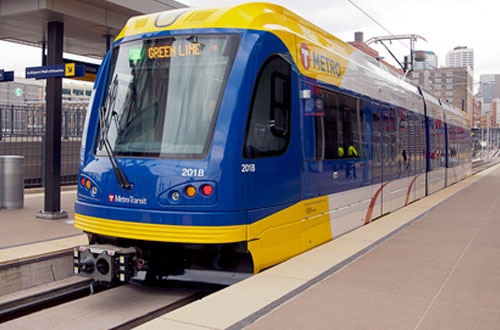
Metro Transit's METRO Green Line Light Rail Line, which links St. Paul and Minneapolis, Minn., improving access to jobs and other opportunities, is now open to passengers.
“With more than 3.2 million residents in the Minneapolis-St. Paul area and thousands more expected in the coming decades, expanding transportation choices is critical to the region’s success,” said the U.S. Department of Transportation’s Acting Under Secretary of Transportation for Policy Peter Rogoff. “Projects like the new Green Line will make a huge difference for hardworking families, students and seniors who deserve reliable transportation options to get to work, school and other opportunities.”
The 11-mile Green Line, formerly known as the Central Corridor light-rail line, includes 18 new stations that will connect many neighborhoods along the line and provide improved access to four of the largest employment areas in the state, the downtown areas of Minneapolis and St. Paul, the University of Minnesota and the Midway District, as well as the State Capitol complex. The line also connects riders to the METRO Blue Line, which serves other destinations, such as Minneapolis-St. Paul International Airport and the Mall of America. At Target Field Station, Green and Blue Line riders can connect to the Northstar commuter rail line.
“The Central Corridor is a transformative project for the Twin Cities,” Rep. Keith Ellison (D-Minn.) said. “I am looking forward to riding the train between Minneapolis and Saint Paul. It will be much better than sitting in traffic on 94. Folks throughout the Twin Cities will now have a faster and more wallet-friendly way to get to work, visit their friends and go to school. The Central Corridor showcases Minnesota’s leadership and reduces air pollution through investment in transit alternatives. We should thank the workers, engineers, and all of our elected officials who worked together for many years to make this project happen.”
The Federal Transportation Administration provided $474 million through its Capital Investment Grant Program, as well as $4.5 million in other funds toward the $957-million project. The remaining cost was covered by the State of Minnesota, the Counties Transit Improvement Board, Hennepin County Regional Railroad Authority, Ramsey County Regional Railroad Authority, the City of Saint Paul and the Metropolitan Council.
The Metropolitan Council estimates the new light-rail line will serve more than 40,000 weekday passengers by the year 2030.

